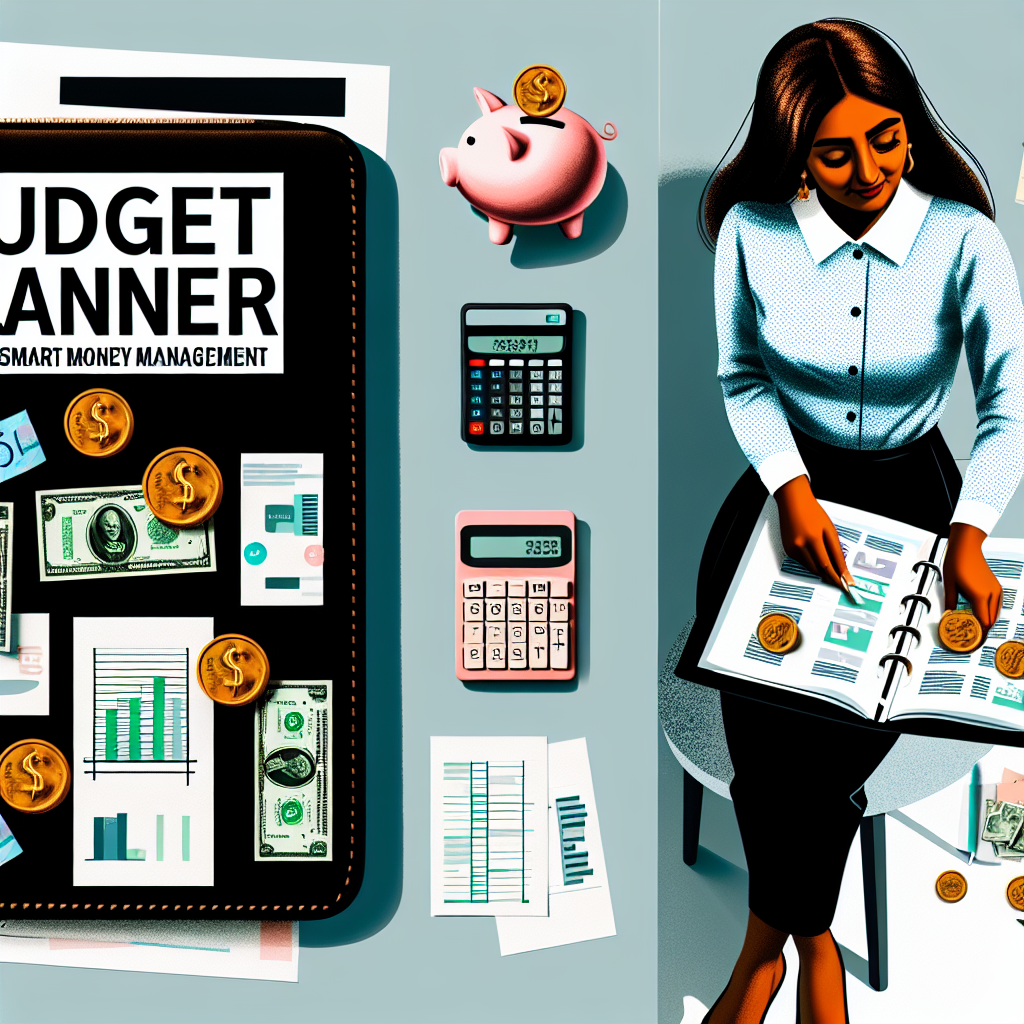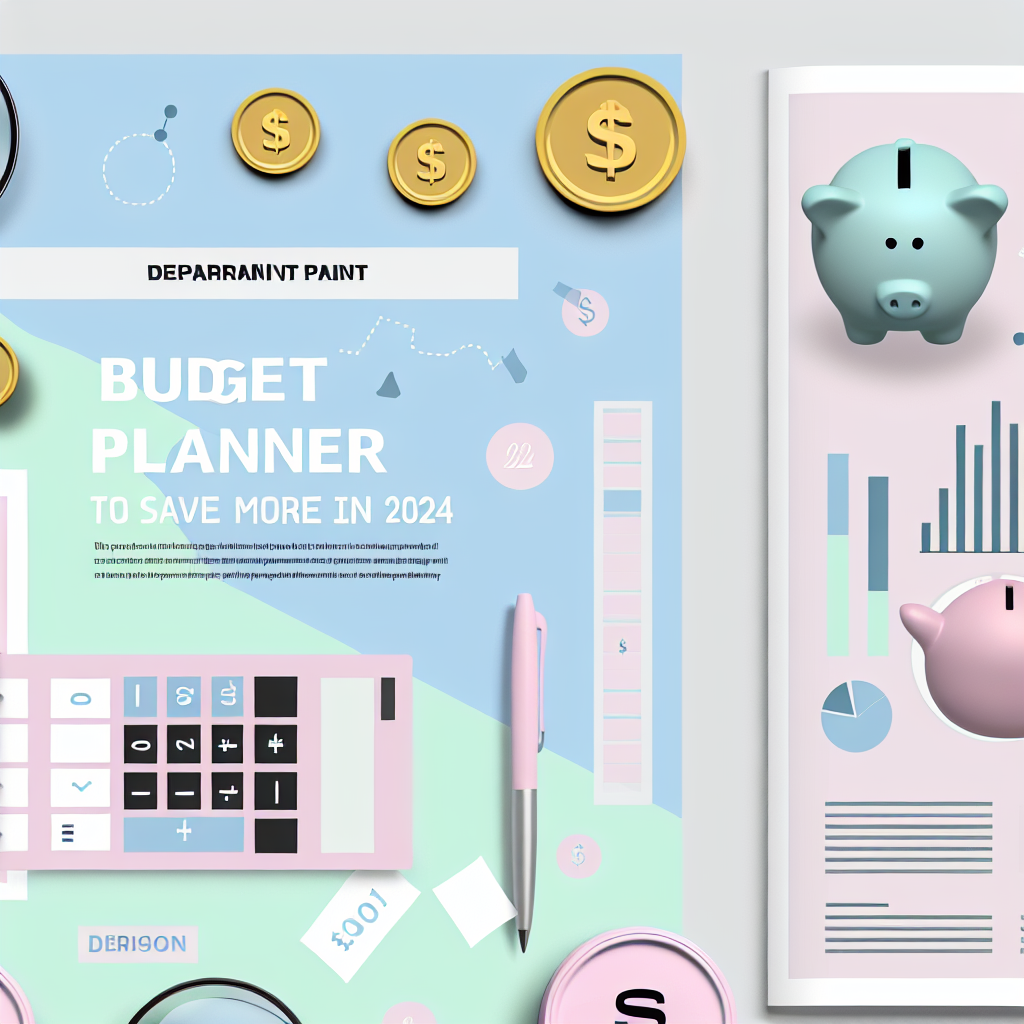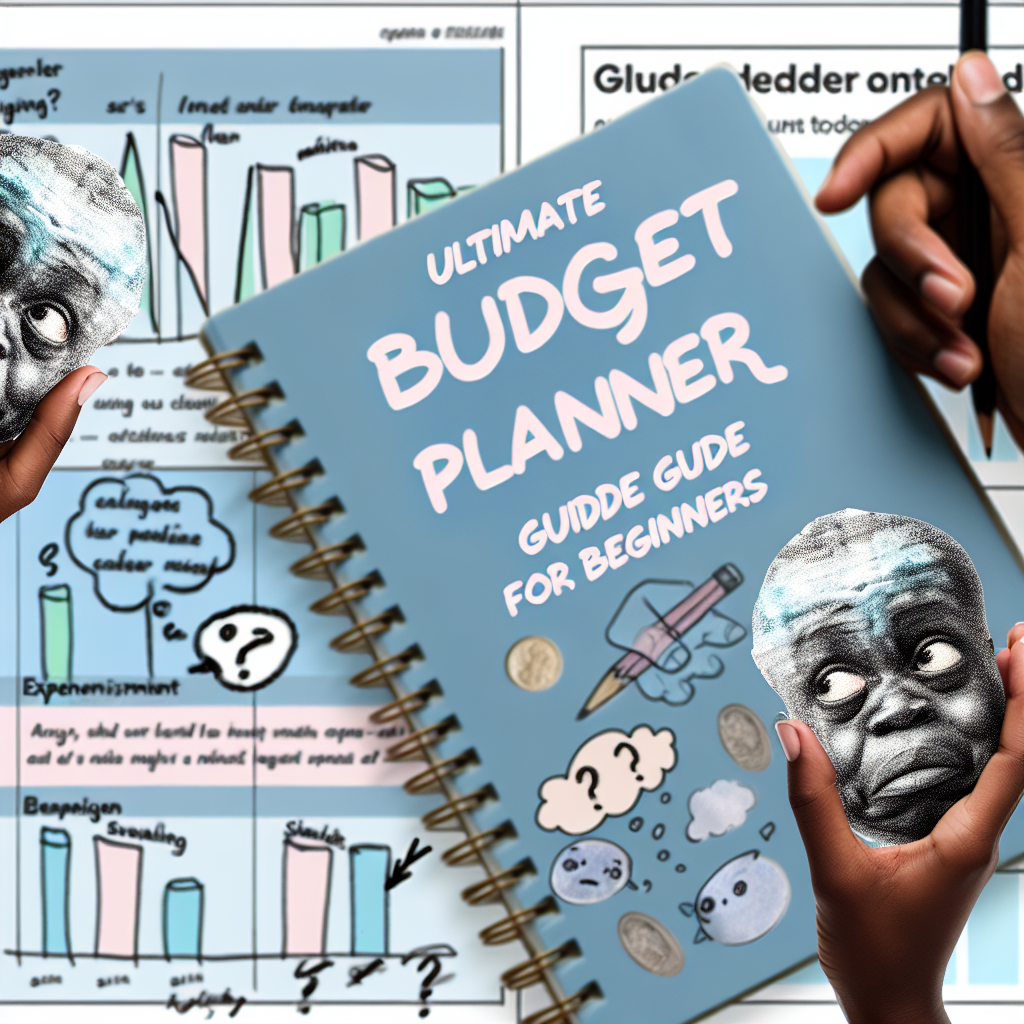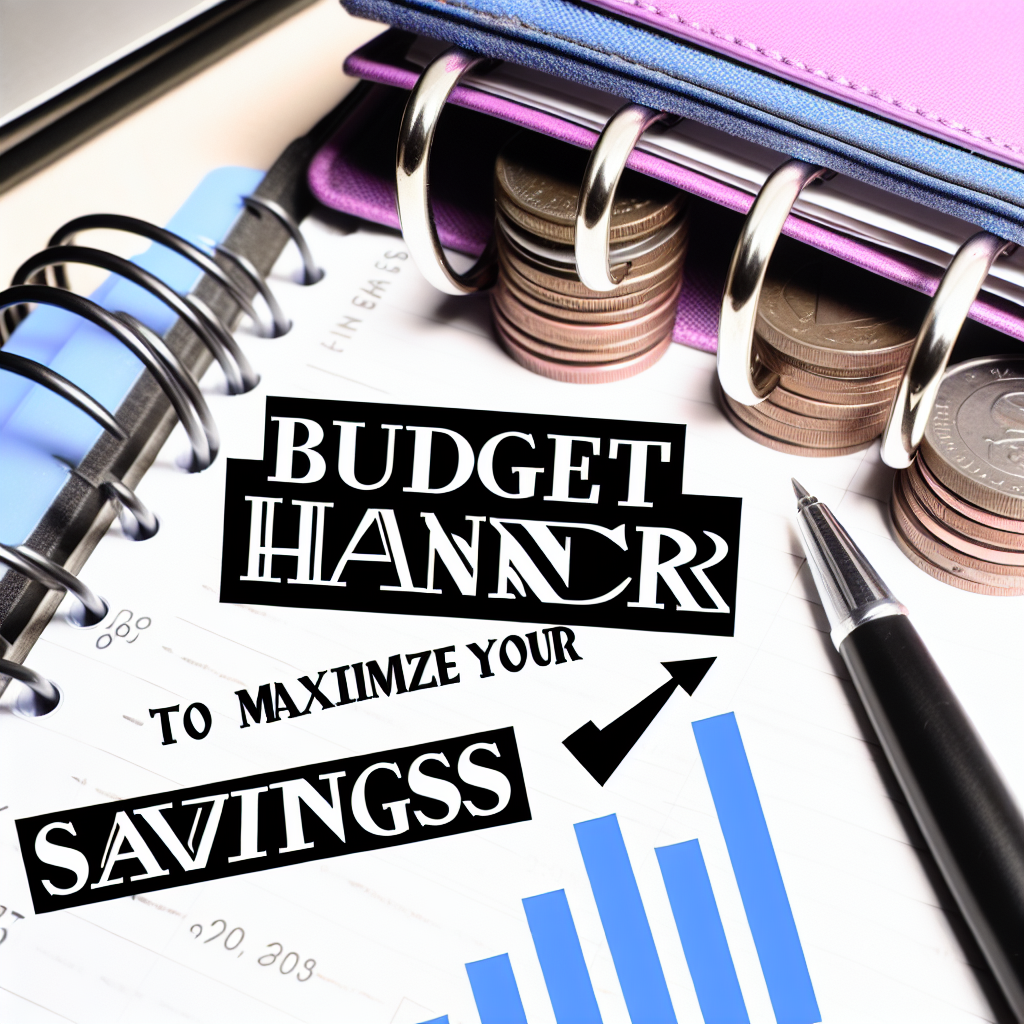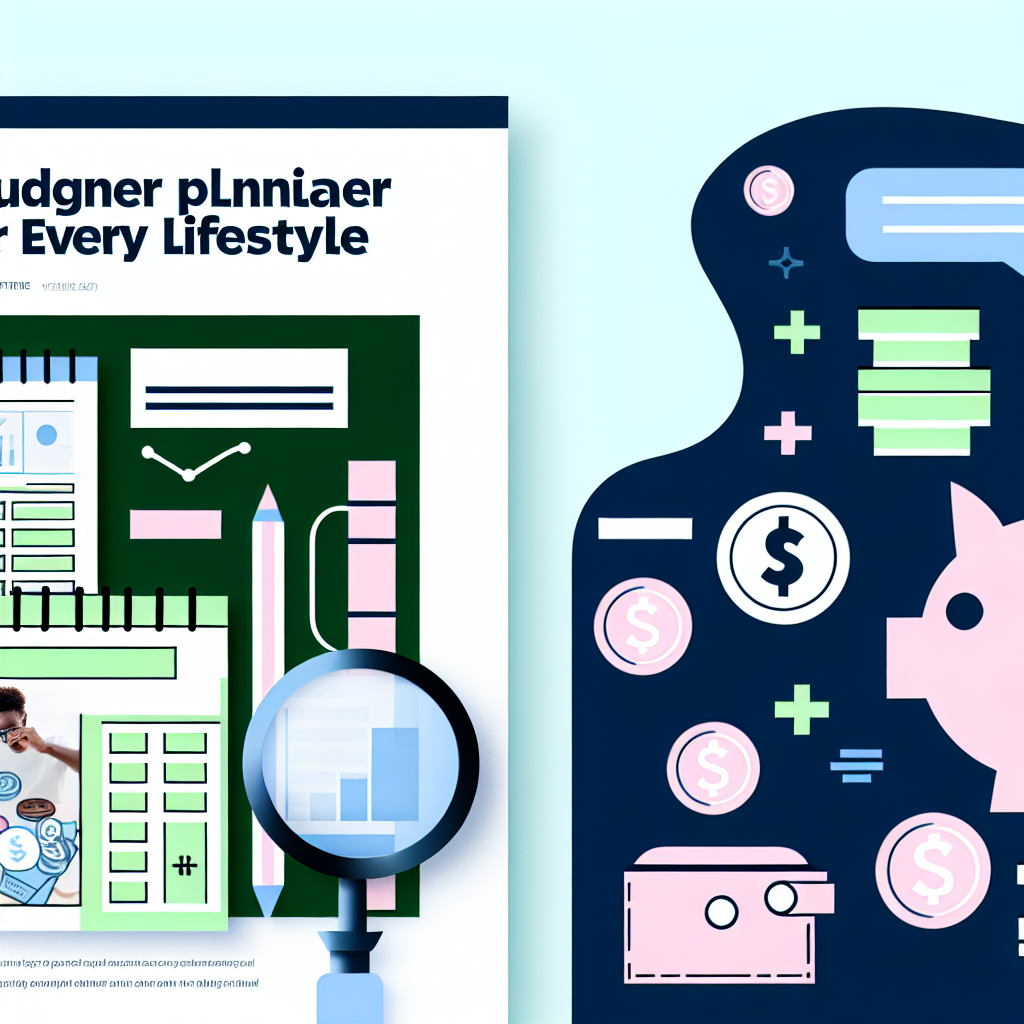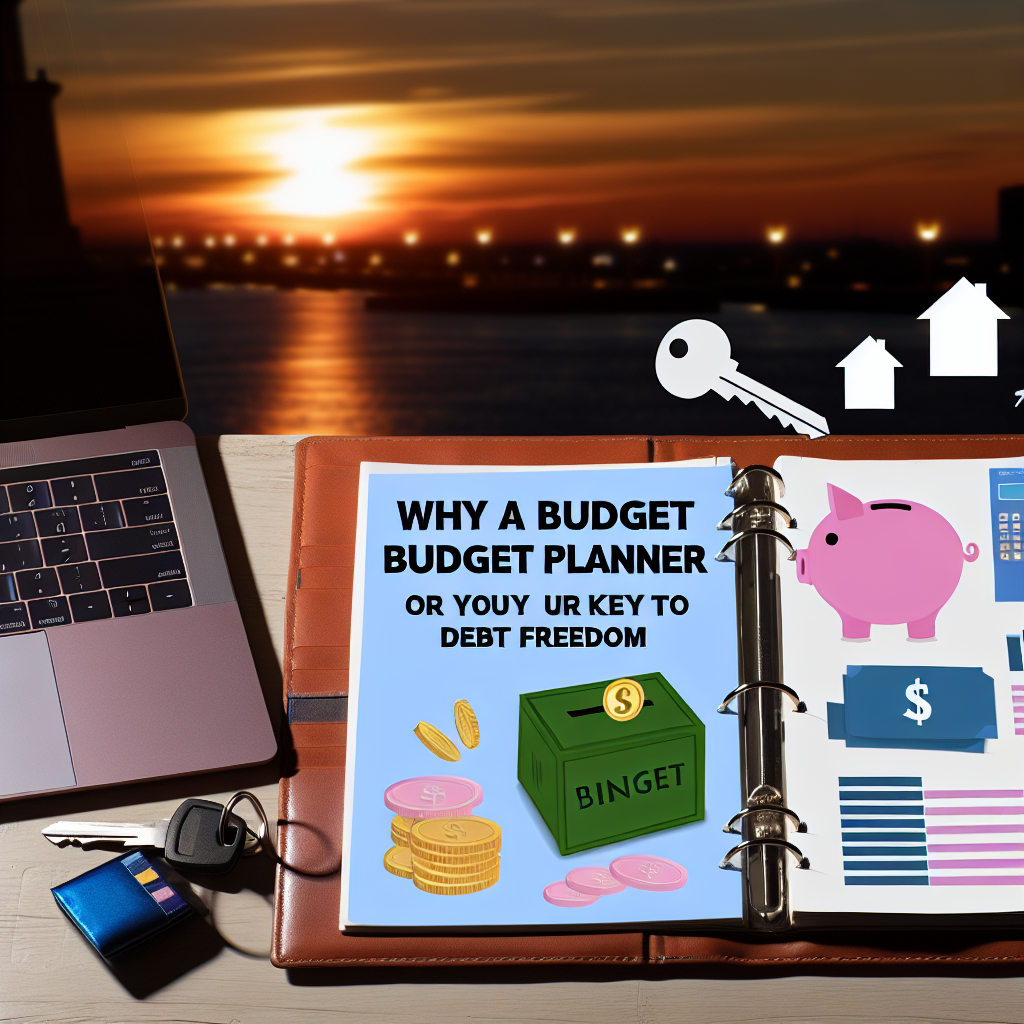=
I still remember the night I tried to create my first budget planner. It was a Sunday, and I had a crumpled piece of printer paper stained with coffee rings, scribbled with the words “NO SPENDING” in angry, capital letters. I felt desperate, staring at my bank app that showed more red than green. Rent was due in a week, and I had no clue where all my money had gone. That napkin-budget didn’t work, of course. But it was the start of something real — a messy, frustrating journey toward finally feeling a little less scared about money.
That night was my “aha” moment. I realized that using a budget planner wasn’t about strict rules or punishing myself. It wasn’t about being perfect or magically having more money. It was about understanding my own habits — my impulses, my fears, my patterns — and learning to gently guide them instead of ignoring them. The budget planner became less of a rigid checklist and more like a conversation with myself, a way to see where I was and where I wanted to go.
Here’s what actually helped me turn that coffee-stained mess into something that worked:
The first thing that actually worked for me was writing down every single expense, no matter how dumb or small. I used to think that tracking every latte or impulse snack was overkill, but seeing those $3 here and $7 there added up was eye-opening. It wasn’t about judgment — it was about honesty. I started to notice patterns, like how I was spending more on convenience than I realized.
I remember being hesitant to try setting flexible spending limits. I thought budgets had to be strict to work. But when I gave myself permission to move money around — say, spending a little more on groceries one week if I skipped takeout — I stopped feeling like I was failing. Flexibility made the budget feel like a tool, not a trap.
This trick might sound weird, but I started keeping a “fun money” category in my planner. It was a small, fixed amount each month just for whatever I wanted — no guilt allowed. That tiny bit of freedom stopped me from blowing up my budget with impulsive splurges later on. It was like giving myself permission to enjoy money without wrecking everything else.
I also learned to check in with my budget planner weekly instead of monthly. At first, I thought monthly was enough, but little surprises kept sneaking up on me. Weekly check-ins felt less overwhelming and helped me catch mistakes or adjust before things spiraled.
I know what you might be thinking right now: “This sounds hard,” or “I don’t have enough money to start.” I’ve been there. I used to think budgeting was for people who made more money or had their act together. But honestly, a budget planner isn’t about how much you have — it’s about making peace with what you do. Even if you’re scraping by, tracking your money can give you a sense of control and calm that debt or anxiety can steal.
If you take one thing away from this, let it be this: your budget planner doesn’t have to be perfect, and it doesn’t have to look like mine (or anyone else’s). It’s a tool for you, not a test. Start small, be kind to yourself, and remember that every step — even the messy, imperfect ones — are progress. You’re not alone in this, and you don’t have to have it all figured out today. Just open that notebook, or app, or napkin, and start the conversation.
You’ve got this.
💡 Want more tips like this? Explore more ways to save funds and plan your budget wisely!


